Description
Helenium ‘Rubinzwerg’
Helenium ‘Rubinzwerg’ bears a display of deep red typical daisies with a prominent brown, golden tipped pin cushion boss in the centre. The petals are rich deep red which fades slowly to orange. The upright stems are rather stiff to about 75cm, making a relatively short neat habit for an Helenium. It flowers for over 4 weeks during late Summer and cuts well. It likes a sunny border but will not tolerate Summer drought, requiring decent moisture levels to do best. Like all Heleniums they welcome being divided every 3 years.
The breeding on Heleniums draws from a wide range of species such that most cultivars aren’t assigned to one single species. As a rule, those species that are tall derive a lot of their stature from Helenium autumnale. They are all good reliable <a href=”https://dorsetperennials.co.uk/posts/advice/perennial/” target=”_blank”>perennials</a>, enjoying a moist soil in full sun (in fact growing in any soil short of a bog). The foliage is never anything great to look at, but the flowers do a great deal to add colour to the summer border and are an absolute magnet for the bees.
Heleniums are one of a group of warm coloured late summer daisies that are often confused.
Of the daisies with a pronounced central nose, there are three main genera, Helenium, Rudbeckia and Echinacea.
Echinacea are the easiest to identify as they have a cone centre which is spiky to the touch. They used to come mainly in pinks and white, but with modern breeding yellows and oranges have been added to the mix.
Rudbeckia have similiar shaped cones to the Echinacea, sometimes more elongated, but the cones are soft to the touch. Rudbeckias come in yellows and oranges, touching on brown.
Heleniums have a much rounder, bun shaped brown or yellow nose with a lovely felty feel. As the flower ages and the fertile flowers mature a ring of yellow stamens pops out. It always looks to me like embers chasing over a burnt log. They cover yellow, orange and red.
Helenium ‘Wyndley’ – (Sneezeweed) Helenium comes from the greek ‘helenion’, the name used for another plant, possibly Inula helenium. Ultimately the name refers to <a href=”http://en.wikipedia.org/wiki/Helen_of_Troy” target=”_blank”>Helen of Troy</a> as the plant is said to have sprouted from the ground where Helen of Troy wept tears. The common name ‘sneezeweed’ comes from the use by the American Indians of the dried leaves as a snuff to promote nasal discharge – ridding the body of evil spirits (errhine). It is only one of several other plants that share the name sneezeweed, including Achillea ptarmica, Hymenoxs hoopesii and Centipeda cunninghamii.


















































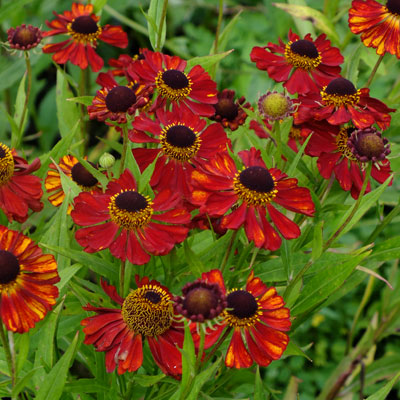


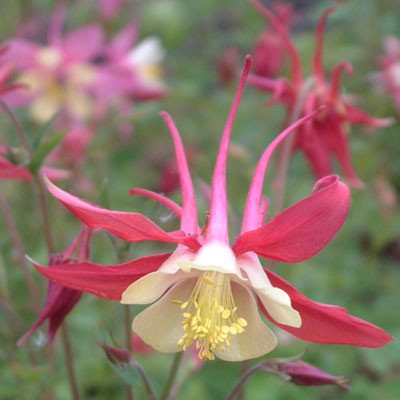
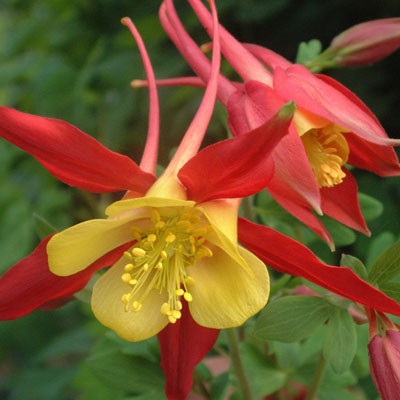
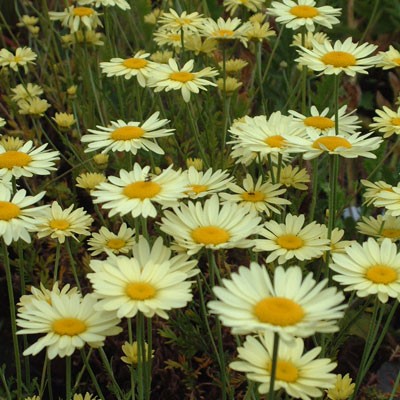
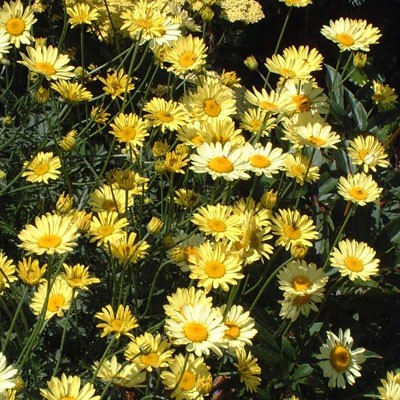
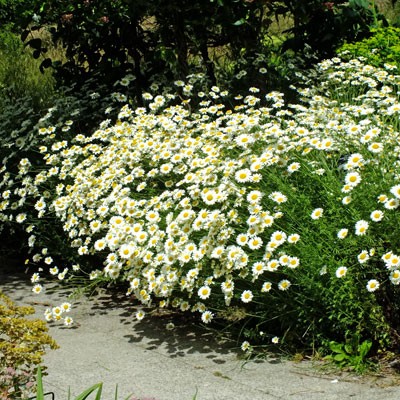
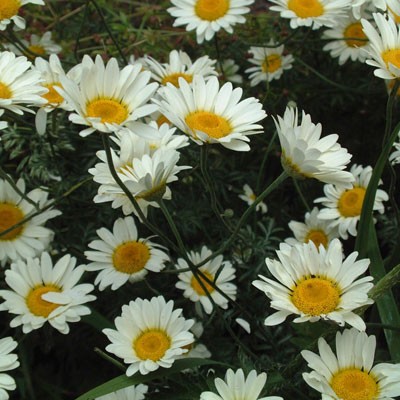
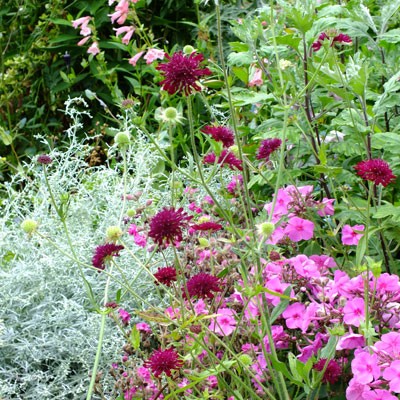
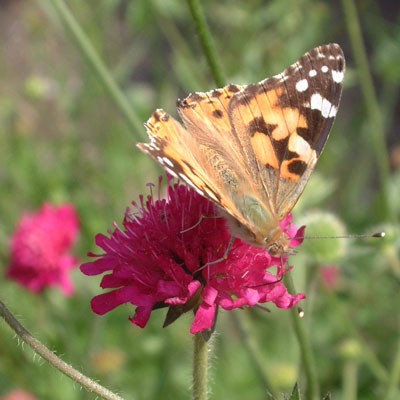
Reviews
There are no reviews yet.